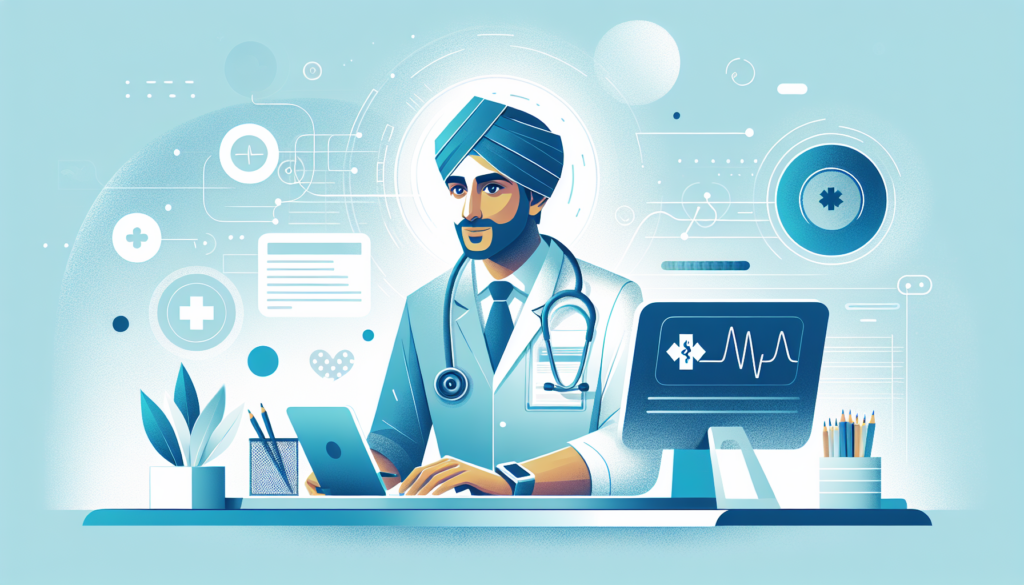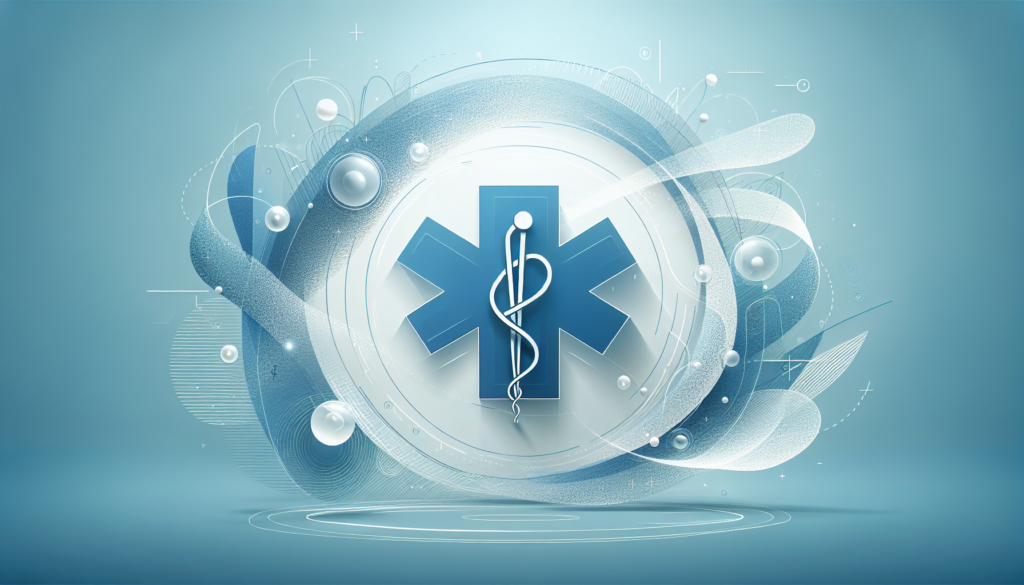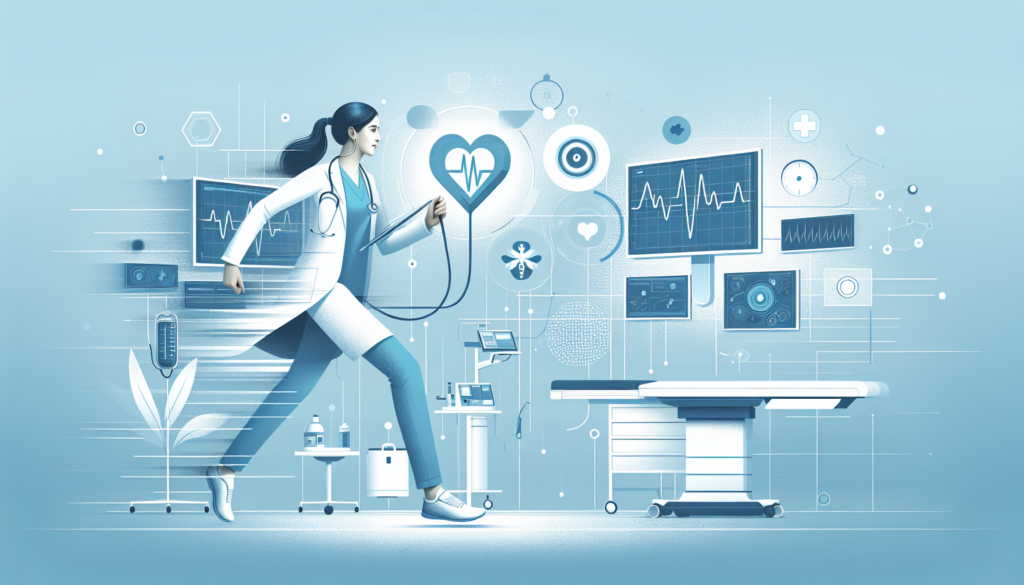The Importance of Medical Transcription Reports in Healthcare
The meticulous documentation of patient encounters is a pivotal element of proficient healthcare delivery. Medical Transcription Reports serve as a critical repository of a patient’s medical history, diagnostic and treatment details, and patient-physician interactions. Without these comprehensive records, continuity of care could be compromised as each new healthcare provider struggles to piece together a patient’s medical narrative without a reliable textual blueprint. This core facet of medical administration enables informed decision-making, underpins patient-centered care, and acts as a safeguard against medical errors which might otherwise occur due to incomplete or inaccurate information.
Furthermore, medical transcription reports hold immense legal significance. They are often called upon as legal documents in malpractice lawsuits, serving to either vindicate healthcare providers or highlight negligence or error. These reports must be detailed and error-free to serve such a crucial function. Healthcare providers and institutions rely on precise, timely transcription to avoid costly legal disputes. Here are some key functions these reports fulfill:
- Legal protection for medical staff and institutions
- Comprehensive patient health records
- Crucial evidence in case of litigation
In the context of billing and insurance, medical transcription reports provide the necessary detail for accurate coding and billing cycle management. They are indispensable in ensuring that healthcare providers are remunerated for their services and that patients are billed correctly. Insurance claims processing relies heavily on the specificity and granularity of these reports, which directly influence the efficiency and economic health of healthcare practices.
With technological advancements, the role of medical transcription reports continues to evolve, underscoring the need for innovation in this domain. Through platforms like ScribeMD, the integration of AI-powered digital scribe systems has revolutionized how medical transcription is performed. Such advancements help to maintain the high quality of transcription reports while significantly reducing the time and effort invested by healthcare professionals into documentation, allowing them to devote more energy towards patient care and less on administrative tasks.
Understanding the Different Types of Medical Transcription Reports
Medical transcription reports are crucial in the healthcare industry, providing a written account of a patient’s medical history, diagnosis, treatment, and prognosis. These reports serve as a permanent record for patient care and are essential for communication among healthcare providers. To ensure precise and high-quality documentation, it is important to recognize the various kinds of medical transcription reports that professionals encounter regularly. Each report type serves a unique purpose and requires a specific format to convey the necessary information accurately and succinctly.
One primary type of medical report is the History and Physical Report (H&P), which details the patient’s medical history and findings from physical examinations, often upon admission to a hospital. Key components of an H&P report include the patient’s chief complaint, history of present illness, past medical and surgical history, family and social history, review of systems, and physical examination results. Another vital report is the Operative Report (OP), a detailed account of a surgical procedure from preoperative diagnosis to postoperative care. This report includes information on the surgical team, techniques, findings, and any complications encountered during surgery.
Common Medical Report Types
- History and Physical Report (H&P)
- Operative Report (OP)
- Consultation Report (CONS)
- Discharge Summary (DS)
- Radiology Report (RAD)
- Pathology Report (PATH)
- Progress Notes (PN)
- Laboratory Report (LAB)
The Consultation Report (CONS) is another example, documenting a specialist’s examination and recommendations when consulted by a primary physician. A patient’s course of hospitalization and plans for follow-up care are outlined in a Discharge Summary (DS), while the results of imaging studies are described in a Radiology Report (RAD). The findings from examinations of tissue or cellular samples are contained in the Pathology Report (PATH). Progress Notes (PN) track a patient’s condition and treatment in a sequential manner and are instrumental in continuous care. Lastly, the Laboratory Report (LAB) consolidates results from various diagnostic tests, such as blood work or urinalysis, thereby giving crucial details to aid in diagnosis and treatment.
Understanding these reports is essential for healthcare professionals, as they communicate complex medical information in a structured and accessible way. For healthcare facilities, implementing systems like Scribemd.ai‘s AI-powered digital scribe can enhance the efficiency by which these reports are produced. By utilizing advanced AI and language learning models, it can listen, understand, and transcribe the diverse array of medical documentation, thereby streamlining the medical note-taking process. Furthermore, the use of such technology in preparing medical transcription reports ensures high accuracy and fast response times, ultimately benefiting patient care delivery.
Advantages of Utilizing Ai-Powered Medical Transcription Services
In the burgeoning field of healthcare, the adoption of AI-powered medical transcription services like ScribeMD.ai is revolutionizing the way medical documentation is handled. These services offer a myriad of advantages over traditional transcription processes, starting with their ability to provide swift and accurate transcriptions. AI algorithms are uniquely adept at handling complex medical terminology and can parse spoken language with remarkable precision. This results in time-sensitive notes being transcribed quickly and made available for review with little to no delay, which is essential in fast-paced medical environments where every second counts.
Another significant advantage is the reduction of administrative burden on healthcare professionals. With the administrative workload reduced, medical practitioners can redirect their focus from paperwork to patient care, enhancing the quality of interactions and treatment outcomes. Furthermore, AI transcription services are scalable and adaptable, accommodating fluctuating volumes of patients and the varying demands of different medical specialties without sacrificing the quality of the transcribed notes.
- Increased transcription speed and accuracy
- Reduction in administrative tasks for healthcare providers
- Scalability to meet dynamic patient volumes
- Adaptability across various medical specialties
Cost efficiency is another hallmark of AI transcription services. By automating the transcription process, the need for extensive human transcription teams is greatly diminished, which leads to reduced labor costs. Additionally, AI-powered services are not constrained by the same working hours as human transcribers, meaning the transcription process continues uninterrupted, day or night, further streamlining workflow and cutting down on turnaround time. And with fewer errors, the need for costly revisions and the risk of miscommunication due to transcription mistakes are minimized.
Finally, AI-driven medical transcription services ensure enhanced security and compliance with healthcare regulations such as HIPAA (Health Insurance Portability and Accountability Act). Advanced encryption and secure data handling protocols are integral to AI systems, safeguarding sensitive patient information far more reliably than manual methods, which are susceptible to human error. In an industry where patient privacy is paramount, the robust security features integrated into AI transcription services provide peace of mind for both patients and practitioners.
- Notable cost savings due to reduced labor needs
- 24/7 operation, leading to shorter turnaround times
- Minimized error rates and associated correction costs
- Stringent adherence to security and privacy regulations
Challenges and Solutions in Medical Transcription
The realm of medical transcription is fraught with complexities that stem from the high demand for accuracy and speed in documenting patient encounters. Medical professionals are expected to ensure their transcribed reports are error-free, as even the smallest mistake can lead to significant consequences for both the patient and the healthcare provider. The two-pronged challenge of transcription is thus rooted in balancing meticulous attention to detail with the swift pace of medical services. Additionally, the variety of medical terminologies and accents, coupled with the presence of background noises in clinical settings, poses a considerable challenge for anyone in this field.
To address these challenges, healthcare facilities are increasingly turning to technological solutions. The integration of AI-powered digital scribe systems is one such solution that is proving effective in delivering accurate and timely medical notes. These advanced systems, like ScribeMD, employ state-of-the-art language learning models to accurately capture and transcribe complex medical jargon and patient information, thus significantly reducing the scope of human error. Moreover, the AI-driven approach to transcription is adaptable to various accents and dialects, ensuring comprehensiveness in medical documentation.
Another pressing issue within medical transcription is maintaining confidentiality. The sensitive nature of patient data requires that strict privacy measures are in place to comply with regulations like HIPAA. Traditional transcription methods, which often involve multiple individuals, heighten the risk of a breach. Here, digital transcription solutions offer encrypted data handling and storage, making them a robust alternative for maintaining patient confidentiality. By utilizing secure automated note-taking software, clinicians can trust that their documentation is not only accurate and efficient but also compliant with stringent privacy laws.
Lastly, transcription takes valuable time away from patient care, an impracticality in the ever-demanding healthcare environment. The automation of medical note-taking reduces administrative burdens and frees up practitioners to focus on clinical duties. Advanced AI tools are designed to listen and chart in real-time, leading to immediate availability of medical notes that can drastically cut down on documentation turnaround times. Such technical solutions serve to optimize workflows within medical practices and enhance overall patient care, firmly establishing AI transcription as a game-changer in modern healthcare management.
Enhancing Patient Care with Automated Medical Note-Taking
The integration of automated medical note-taking systems like ScribeMD.ai into healthcare practices has revolutionized the way physicians interact with their patients. By handling the laborious task of documenting patient encounters, these advanced AI-driven platforms enable medical professionals to redirect their focus towards patient care, fostering an environment where communication and treatment stand at the forefront of the consultation experience. As a result, clinicians can establish stronger rapport with their patients, an essential component in effective healthcare delivery.
One of the pivotal benefits of automated note-taking is the substantial reduction in clerical errors. Manually transcribing patient data is not only time-consuming but also prone to mistakes, which can have serious ramifications in a patient’s treatment plan. The precision of an AI-driven digital scribe ensures that patient notes are captured accurately and are reflective of the actual consultation, thus improving the quality of patient records and reducing the likelihood of misdiagnosis or improper treatment.
- Increased engagement: Clinicians can maintain eye contact and better engage with patients without the distraction of writing or typing notes.
- High accuracy: AI algorithms are trained to understand medical terminology, resulting in precise documentation.
- Efficient record-keeping: Automated systems streamline the process of organizing and retrieving patient information.
Furthermore, automated note-taking remedies a critical pain point in healthcare: clinician burnout. The burden of paperwork and growing administrative responsibilities have long been cited as significant stressors for healthcare providers. By eliminating the need for manual note transcription, automated systems lighten the workload, consequently improving the job satisfaction of medical professionals. This efficient redistribution of resources paves the way for more time dedicated to clinical work and patient interaction, leading to enhanced patient satisfaction and potentially better health outcomes.
The agility of platforms like ScribeMD.ai allows for seamless integration into various medical workflows. Whether it’s a bustling emergency room, a specialized clinic, or a general practitioner’s office, the adaptability and ease of use of digital scribe technology is unmatched. Medical professionals can tailor the system to suit their specific needs, ensuring that no detail is missed, and every patient’s story is thoroughly captured – leading to personalized care plans that address individual health concerns more effectively.
| Benefits | Description |
|---|---|
| Enhanced Engagement | Healthcare professionals can better connect with patients, improving the overall care experience. |
| Data Accuracy | Reduces the chance of errors in patient notes, contributing to higher quality patient care. |
| Reduced Burnout | Alleviates the administrative burden on clinicians, leading to greater job satisfaction and focus on patient care. |
| Workflow Integration | Adjustable to various healthcare settings, ensuring comprehensive and accurate note-taking. |



